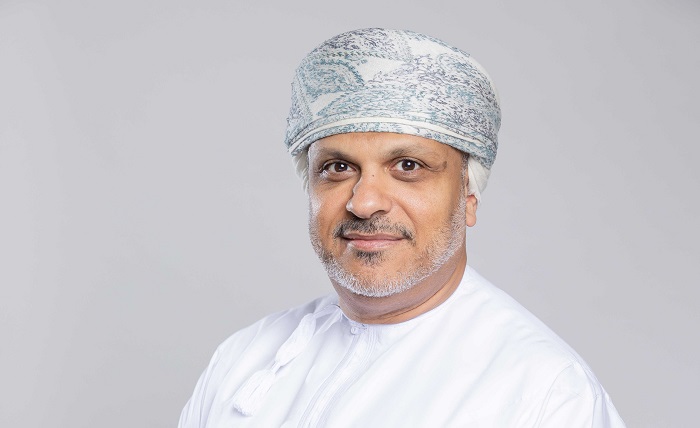
Muscat: Gulf Leaders Circle, Muscat Media Group’s GCC-wide business networking platform, interviewed Essam Al Sheibany, Vice President of Sustainability at Asyad Group, Oman’s flagship logistics and supply chain group. As a Sustainability VP, Al Sheibany plays a key role in building and maintaining all the Environmental, Social and Governance (ESG) activities within the group, to position Asyad among the top 10 integrated logistics companies in the world. He speaks to GLC about the pillars of the sustainability plan.
In 2021, you were appointed as the Group VP of Sustainability, bringing with you over 30 years of experience in the Oil and Gas sector and being a member of various local and international bodies, such as the National Petroleum Council, the main Committee of Health and Safety in Oman, and the Secretary-General for the General Trade Union of Oman. Could you review your most significant decisions and achievements over the past years and how you are implementing your vision in the Asyad Group?
Essam Al Sheibany: My extensive experience helps me prioritize the key areas when designing a sustainability plan. The first step is to identify the materiality topics that are essential for the sustainability and functioning of the system. These topics are chosen by considering the global sustainable development goals, market requirements, regional business connections, and stakeholder importance.
They form the basis of our sustainability plan. In this case, we have selected 15 topics, which have been organized into five pillars. Drawing on my experience and background, I have been able to identify these topics and lead the way for our business.
The information about the pillars mentioned above is public. The first pillar focuses on environmental leadership. We aim to be at the forefront in terms of environmental stewardship. Specifically, we prioritize decarbonization, waste management, and biodiversity. Biodiversity is especially relevant to us as we operate shipping lines. This falls under the E of the ESG framework.
Moving on to the S pillar, we have two areas of focus. Firstly, we strive to create thriving workplaces within our businesses by prioritizing employee well-being, engagement, and participation. Secondly, we emphasize community engagement as part of our social responsibility beyond the business. These are the two components of the S pillar.
Lastly, in the G pillar, our main focus is on robust procurement practices and being a responsible business. This includes implementing codes of conduct and ethics, as well as supporting small businesses and SMEs. These are the selected areas that we will be focusing on for the next five years
You mentioned the focus on decarbonization, to achieve net zero targets by 2050. Additionally, Asyad is investing in R&D to leverage big data and emerging technologies for sustainable solutions, ensuring a resilient global supply chain. What is the strategy behind these projects, and what challenges has the Group encountered so far?